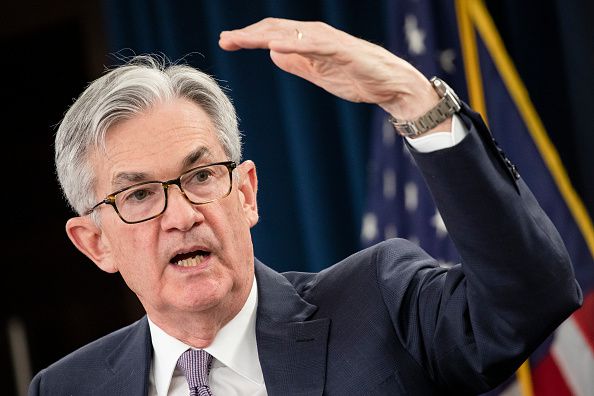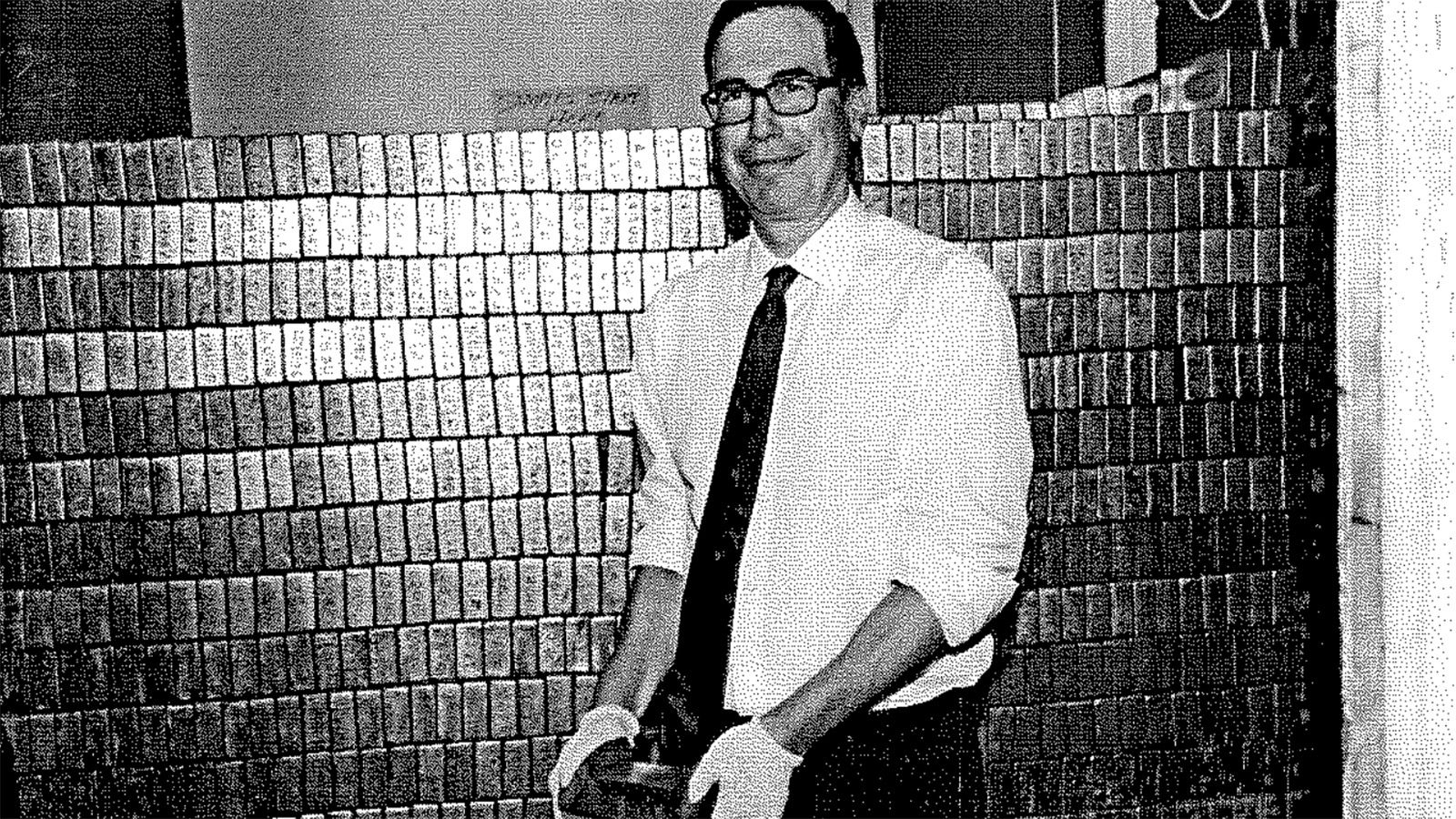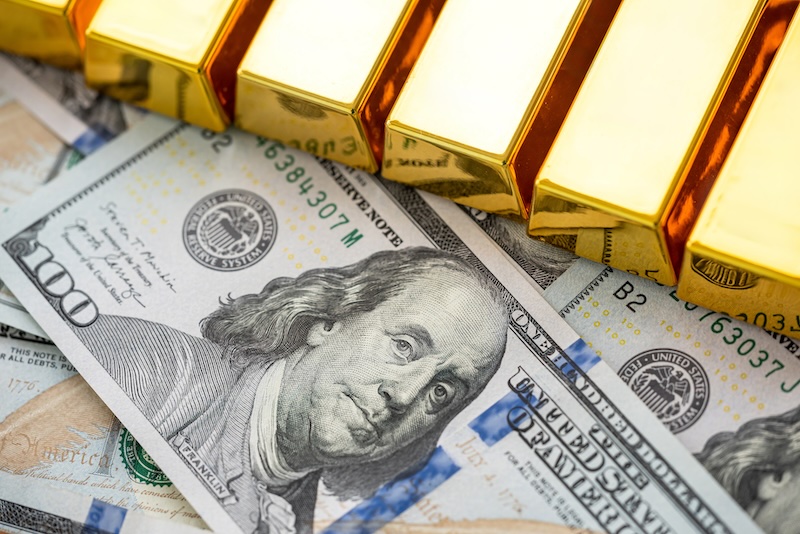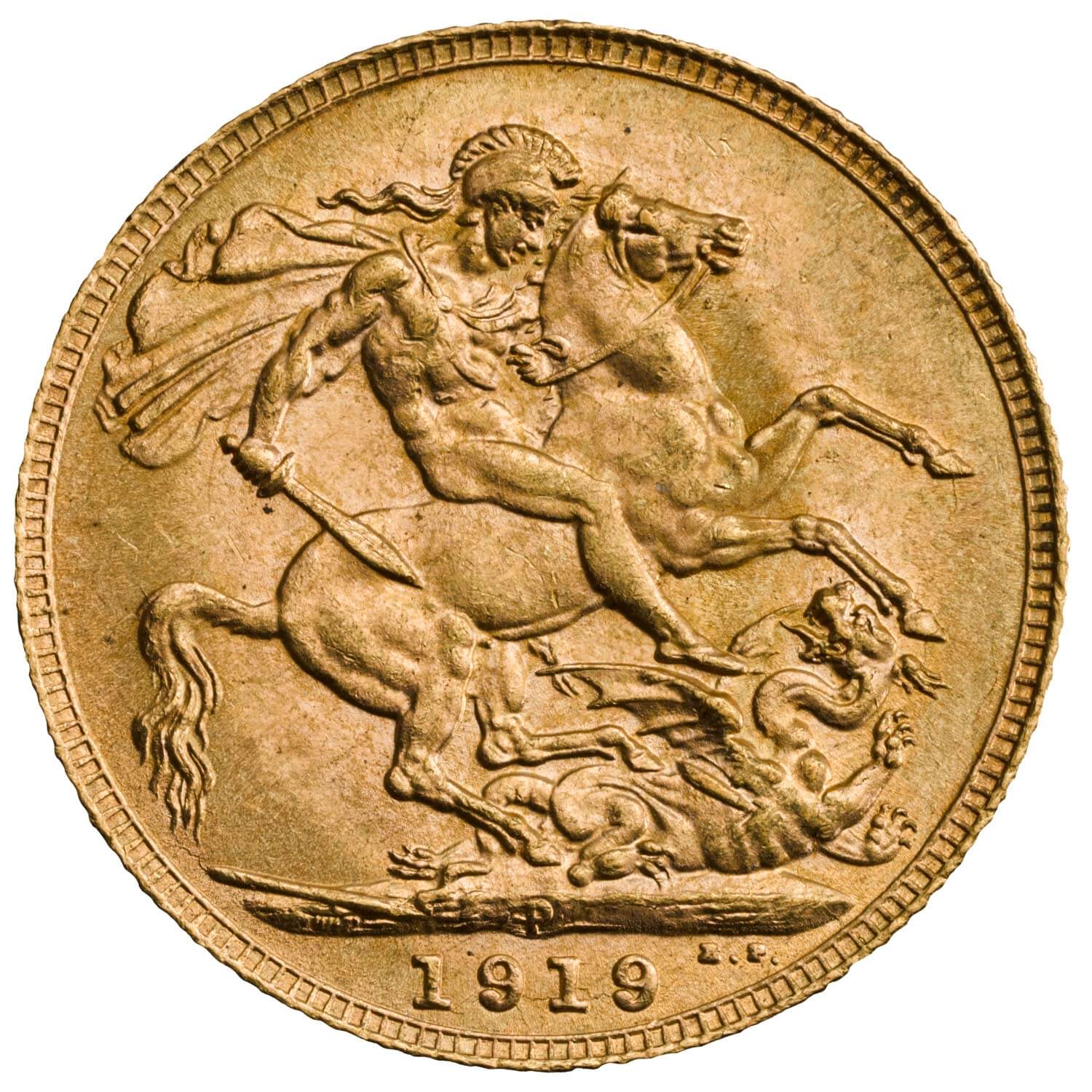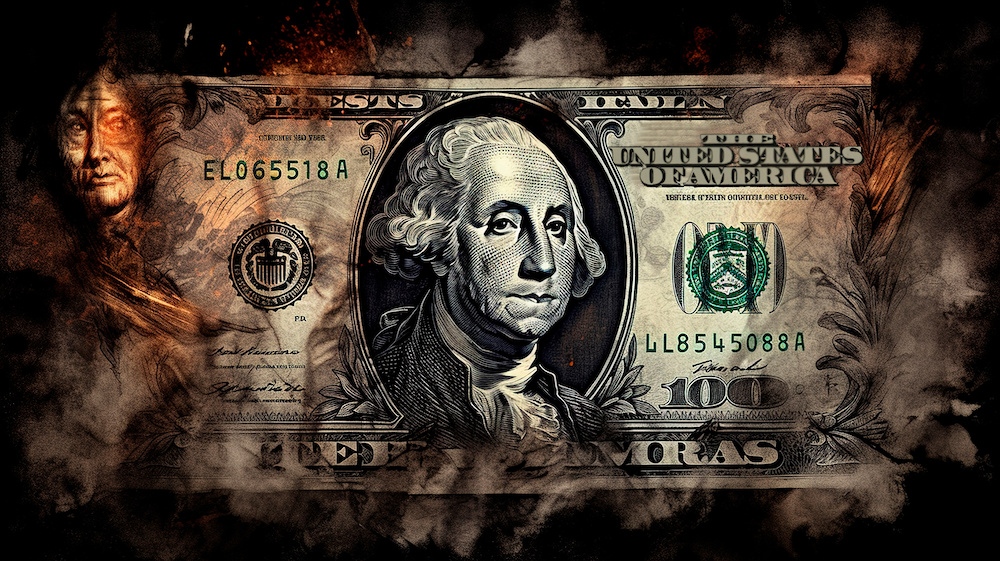Precious metals continue to shine as a safe-haven asset as the gold price climbs to a new all-time high of over $2,555 per ounce, driven by economic uncertainties, a tame inflation report, and expectations of an upcoming Federal Reserve rate-cutting cycle.
ING projects that gold will average $2,700 per ounce by 2025, with a short-term target of $2,580 by the end of 2024. This surge in gold price is attributed to lower interest rates, which make gold more attractive as a non-yielding asset, alongside growing geopolitical tensions and increasing central bank gold purchases. Additionally, gold-backed Exchange Traded Funds (ETFs) have seen renewed interest, adding to the positive momentum in the market.
Moreover, BRICS countries are discussing the potential for a gold-backed currency, which could challenge the U.S. dollar’s global dominance. This currency proposal aligns with the bloc’s broader goals of reducing reliance on the dollar and increasing economic sovereignty. At the same time, Switzerland’s gold imports from Kazakhstan and Uzbekistan have raised concerns about potential sanctions violations, with suspicions that Russian gold is being smuggled through these nations. These developments underscore the growing demand for gold and the broader geopolitical implications of the global gold trade.
ING’s Gold Price Projections
A report from Dutch financial group ING projects that gold will reach an average price of $2,700 per ounce by 2025, with a short-term forecast of $2,580 by the fourth quarter of 2024. The anticipation of a Federal Reserve rate cut is a driving factor behind these projections.
During a recent speech at the Jackson Hole economic symposium, Federal Reserve Chairman Jerome Powell hinted that the U.S. economy may soon see a rate cuts. Analysts are expecting a rate cut of 25 basis points at next week’s Board of Governors meeting, which will likely further fuel the gold market. Additionally,
The Federal Reserve’s Impact on Gold
Gold thrives in low-interest rate environments and lower interest rates make it more attractive to investors. In addition, cutting rates and increasing the money supply could lead to higher inflation, making gold a hedge against further currency devaluation.
Despite some efforts to shrink the balance sheet, the Fed has only managed to reduce it by about $1.8 trillion of the nearly $5 trillion in liquidity that signficantly expanded during the pandemic. With signals of upcoming rate cuts and a halt in balance sheet reduction, the central bank is effectively preparing to reintroduce inflationary policies, which typically strengthen the demand for gold.
Could BRICS+ Adopt a Gold-Backed Currency at their October Summit?
There is speculation that the BRICS currency could be backed by gold, a proposal first floated by Russian President Vladimir Putin.
A gold-backed currency appeals to BRICS nations since it has a long history as a stable and universally valued asset, particularly in light of the U.S. dollar’s reliance on fiat money since the end of the gold standard in 1971.
Recent data indicates that BRICS countries are actively building substantial gold reserves, with Russia, China, and India ranking among the top 10 countries for central bank gold holdings. This comes at the same time that China and others have been dumping US Treasury Bonds.
Gold has been a significant focus for the BRICS bloc and the implications of a BRICS currency could be far-reaching. The announcement of new gold-backed currency would signal a shift towards a multipolar world order, where the dollar no longer holds monopoly status in international trade.
This would likely accelerate the de-dollarization trend and alter the balance of power in global markets. Sectors like oil and gas, banking, commodities, and international trade would be the most impacted, as trade agreements and transactions would start to involve the new BRICS currency.
Central Bank Gold Buying and ETF Inflows
Another critical factor driving the gold market is central bank purchases. According to the World Gold Council (WGC), central banks globally added 37 tons of gold to their reserves in July, marking a 206% increase from the previous month.
Gold-backed Exchange Traded Funds (ETFs) have also seen renewed interest. As the gold price reaches new highs, inflows into gold ETFs have picked up since May 2024.
Max Keiser on Bitcoin vs. Gold
Max Keiser, a longtime advocate of Bitcoin, highlighted an interesting distinction between gold and Bitcoin back in 2021. While Keiser is a vocal proponent of cryptocurrencies, he concedes that gold has one key advantage: fungibility. Gold can be melted down and recast while maintaining its intrinsic value and anonymity, which is not the case for Bitcoin. Bitcoin operates on a public blockchain, which, while secure, is transparent and traceable. This feature has led to a decline in Bitcoin’s use for criminal activities, with criminals now favoring cash or gold for transactions that require anonymity.
Keiser argues that Bitcoin’s lack of fungibility makes it less private and anonymous compared to gold. Criminals have shifted away from Bitcoin because law enforcement can track blockchain transactions, leading to arrests. Gold on the other hand, can be reshaped and remelted without any record of its past, providing an extra layer of privacy.
Switzerland’s Gold Imports from Kazakhstan and Uzbekistan
A somewhat shadowy development in the gold market involves Switzerland’s surging gold imports from Kazakhstan and Uzbekistan. Trade data suggests that since the start of the Ukraine war, these Central Asian nations have become major gold exporters to Switzerland, raising concerns about the possibility of these countries serving as conduits for Russian gold.
As international sanctions have curbed Russia’s ability to export gold, there is a growing suspicion that some of the gold being exported from Kazakhstan and Uzbekistan may actually be Russian gold circumventing sanctions. An analysis by Swiss gold industry experts suggests that the quantity of gold imported from these countries exceeds their domestic production, pointing to the likelihood of Russian-origin gold being smuggled into the international market.
Swiss banks and refineries, including UBS and Valcambi, have been named as potential buyers of this gold. While these institutions claim to comply with due diligence and international regulations, the opacity of the global gold trade makes it difficult to trace the exact origins of the precious metal once it is melted down and re-refined.
Analysts argue that the potential influx of Russian gold into the global market through Kazakhstan and Uzbekistan poses reputational risks for companies and financial institutions involved in its trade.
Gold’s Favorable Outlook
With the U.S. Federal Reserve signaling an imminent rate-cutting cycle, combined with geopolitical tensions and rising central bank purchases, gold is set for a sustained rally. ING’s projection of gold reaching $2,700 by 2025 reflects these favorable conditions for the precious metal.
While Bitcoin remains a popular investment asset, gold’s fungibility and anonymity still give it an edge in many scenarios. As global tensions persist and economic policies evolve, both gold and Bitcoin may play important roles in investment portfolios, but for now, gold continues to shine as a reliable store of value, particularly during times of uncertainty.
Additionally, the complex issue of gold bar imports from Central Asia highlights the potential for ethical and legal complications in the global gold trade. Investors and institutions must navigate these challenges carefully, ensuring that they comply with international sanctions and avoid the reputational risks associated with trading gold of uncertain origin. With strong demand drivers and an array of factors boosting gold’s appeal, the future for this precious metal remains bright.
